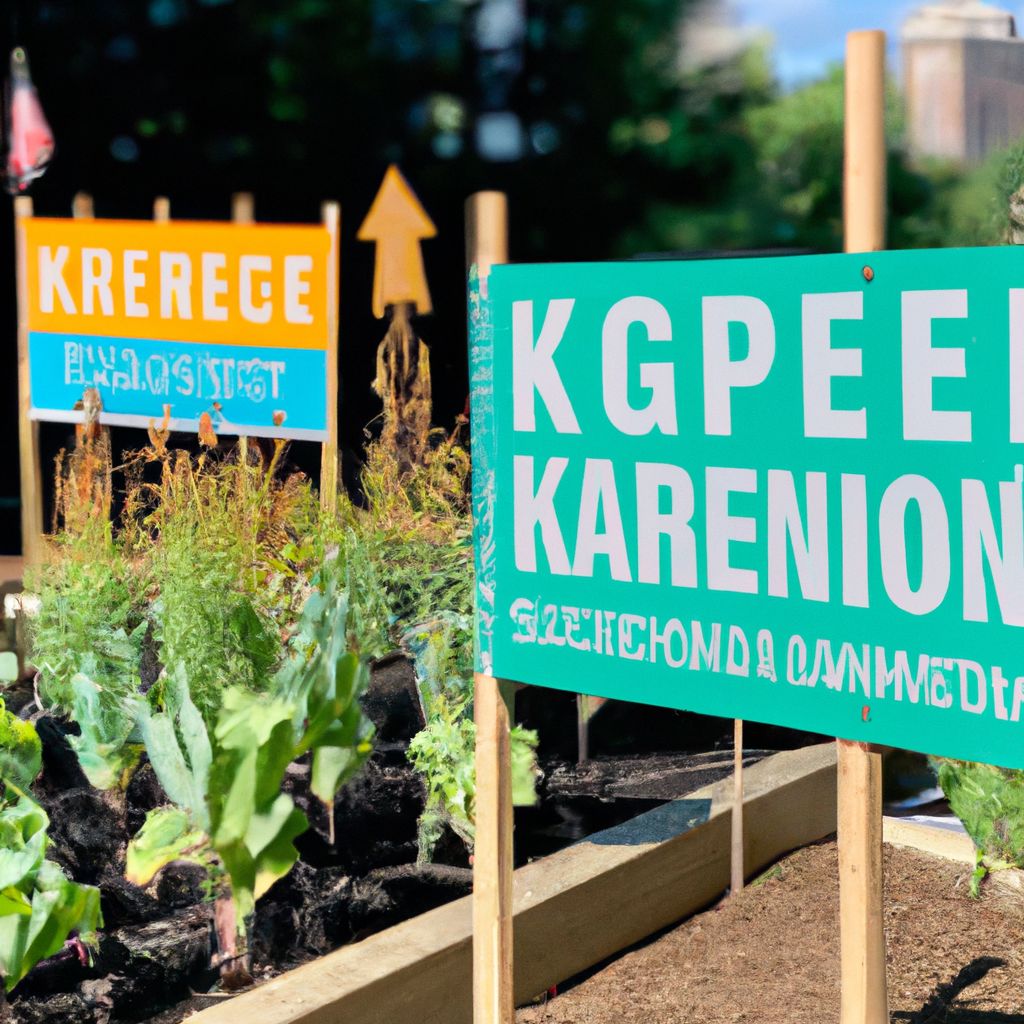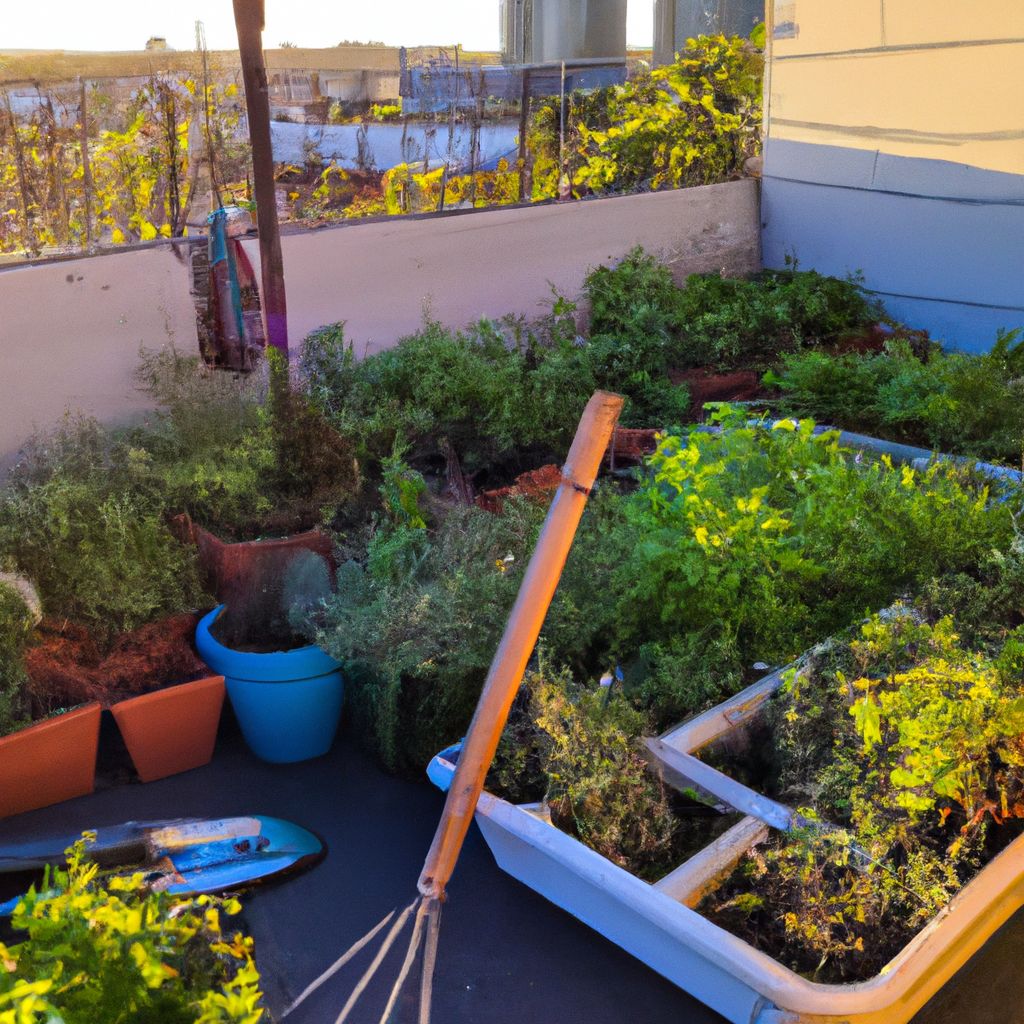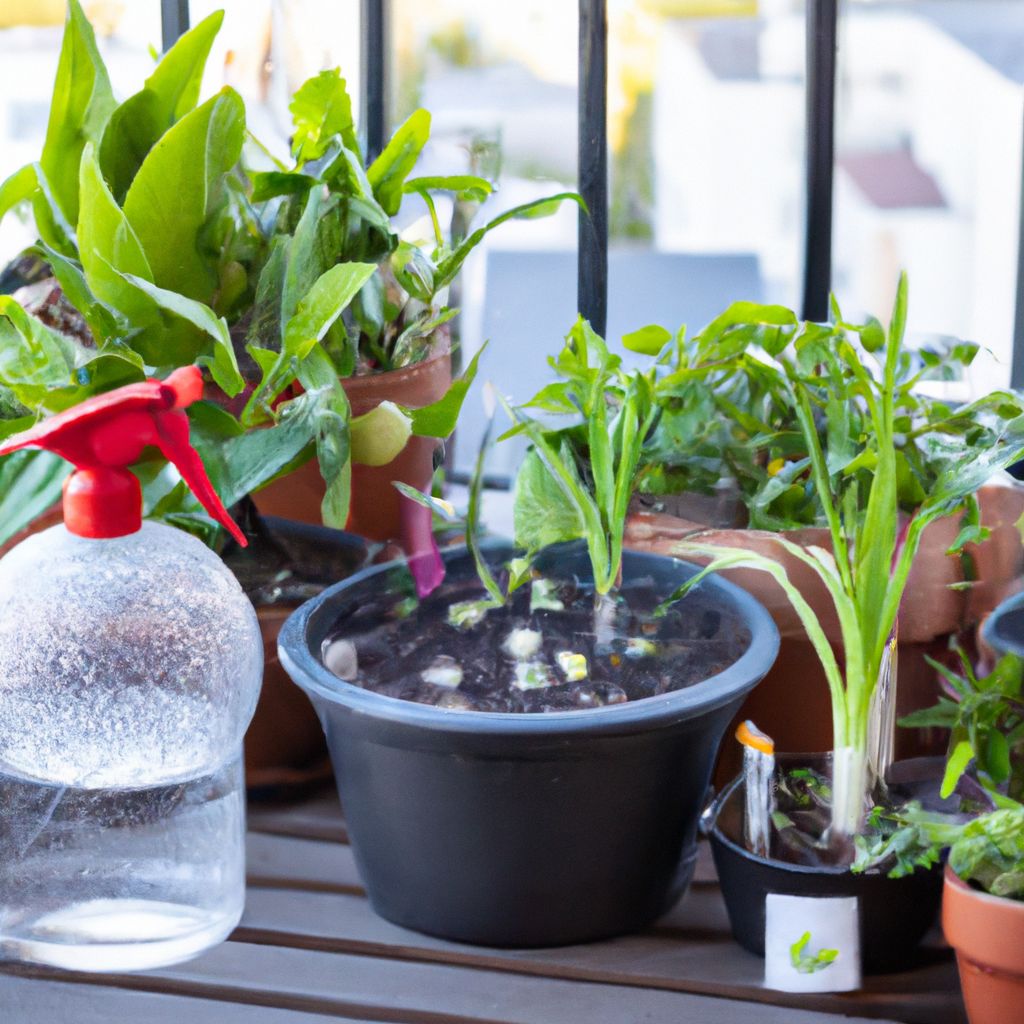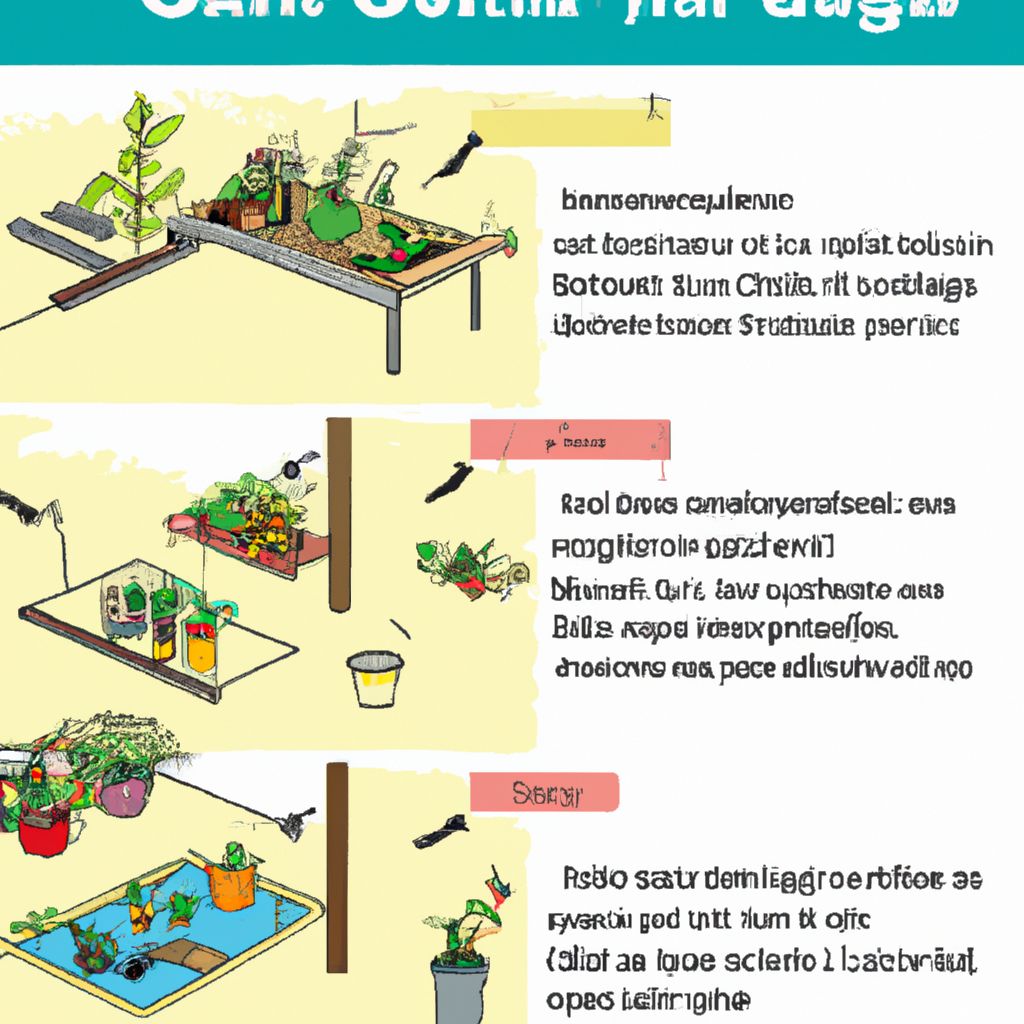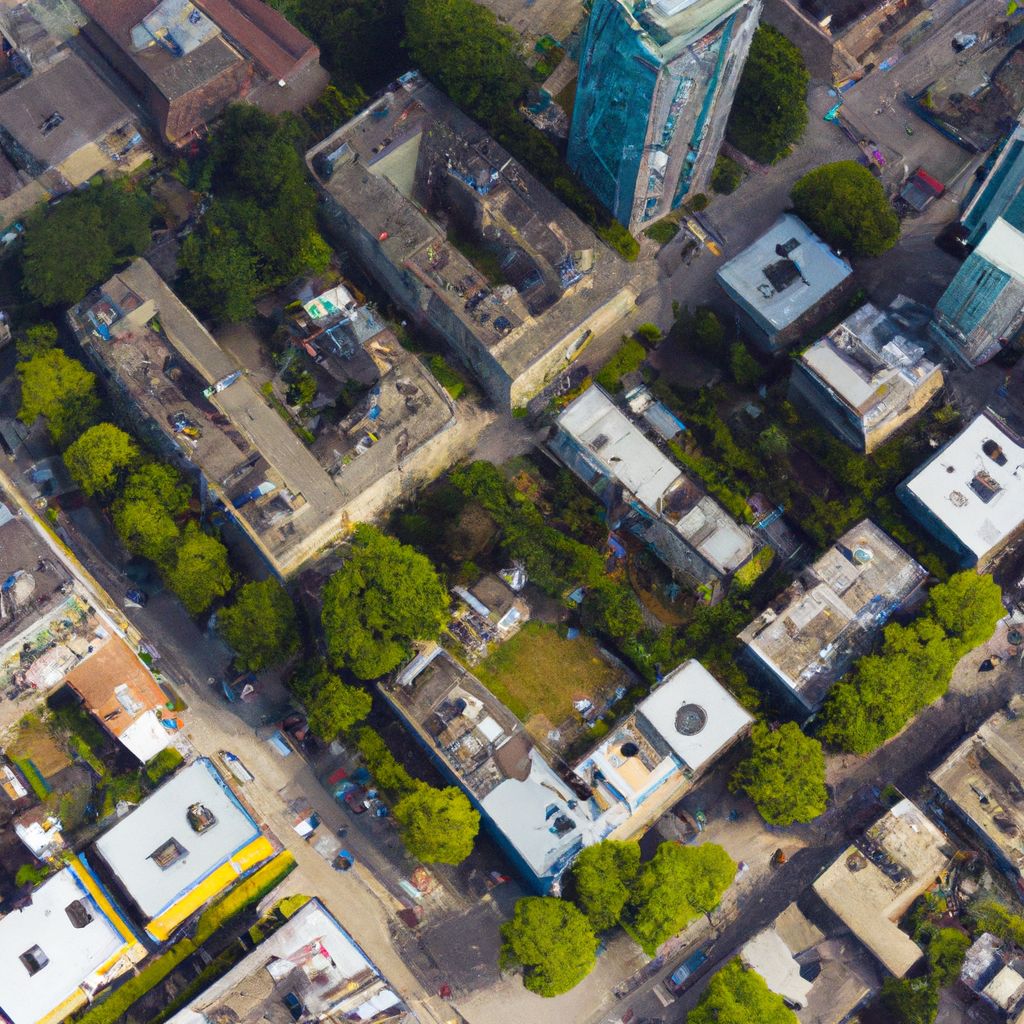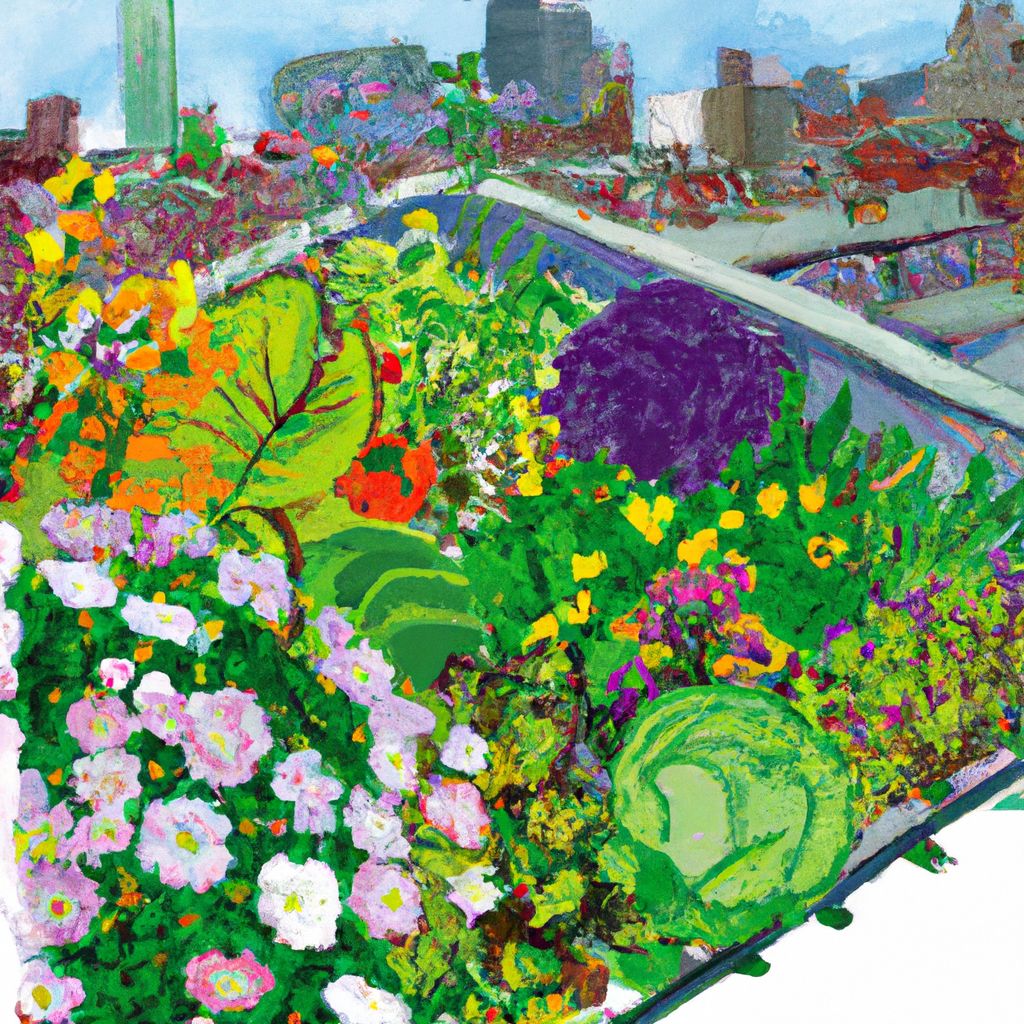- Introduction to Urban Gardening
- Understanding Small Space Challenges
- Urban Gardening Techniques for Small Spaces
- Choosing the Right Plants
- Implementing a Watering and Maintenance Schedule
- Maximizing Space with Companion Planting
- Incorporating Urban Gardening in Your Lifestyle
- Conclusion: The Impact of Urban Gardening
Introduction to Urban Gardening
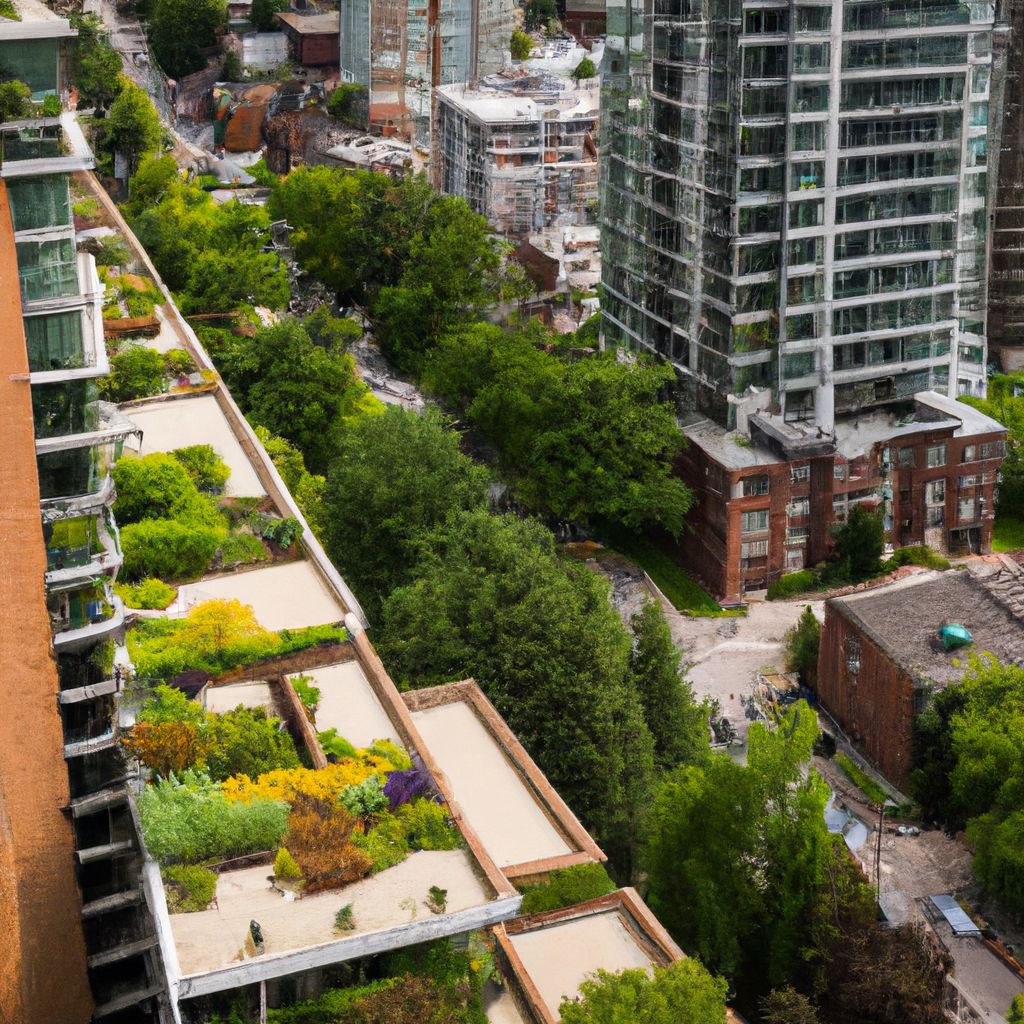
In the heart of concrete jungles, a green movement is growing in popularity. This movement, known as Urban Gardening, is revolutionizing the way city-dwellers interact with their environment.
Urban Gardening can be defined as the practice of cultivating, processing, and distributing food in or around urban areas. This technique incorporates various approaches like container gardening, vertical gardening, rooftop gardening, hydroponics, and more, which are tailored to fit into small spaces typically found in urban areas.
According to a report by Grand View Research, the global urban farming market size was valued at USD 69.8 billion in 2018 and is expected to grow at a compound annual growth rate (CAGR) of 9.6% from 2019 to 2025. This clearly underscores the rising popularity of urban gardening.
Urban Gardening is not just about growing food; it's about promoting a healthier lifestyle, community engagement, environmental awareness, and improving overall quality of life. It proves to be a boon in city environments, where space is limited. Benefits include local, fresh produce, improved air quality, stress relief, and increased biodiversity.
- Local, fresh produce:
- Urban gardening allows city dwellers to grow their own fruits and vegetables, ensuring access to fresh, organic, and pesticide-free produce right at their doorstep.
- Improved air quality:
- Plants absorb carbon dioxide and release oxygen, improving the air quality in urban areas, which are typically associated with higher levels of pollution.
- Stress relief:
- Gardening is known to relieve stress and improve mental health. The physical activity involved can serve as a form of exercise, further enhancing one's well-being.
- Increased biodiversity:
- Urban gardens can provide habitats for a variety of plants and insects, increasing the biodiversity in the city environment.
Understanding Small Space Challenges
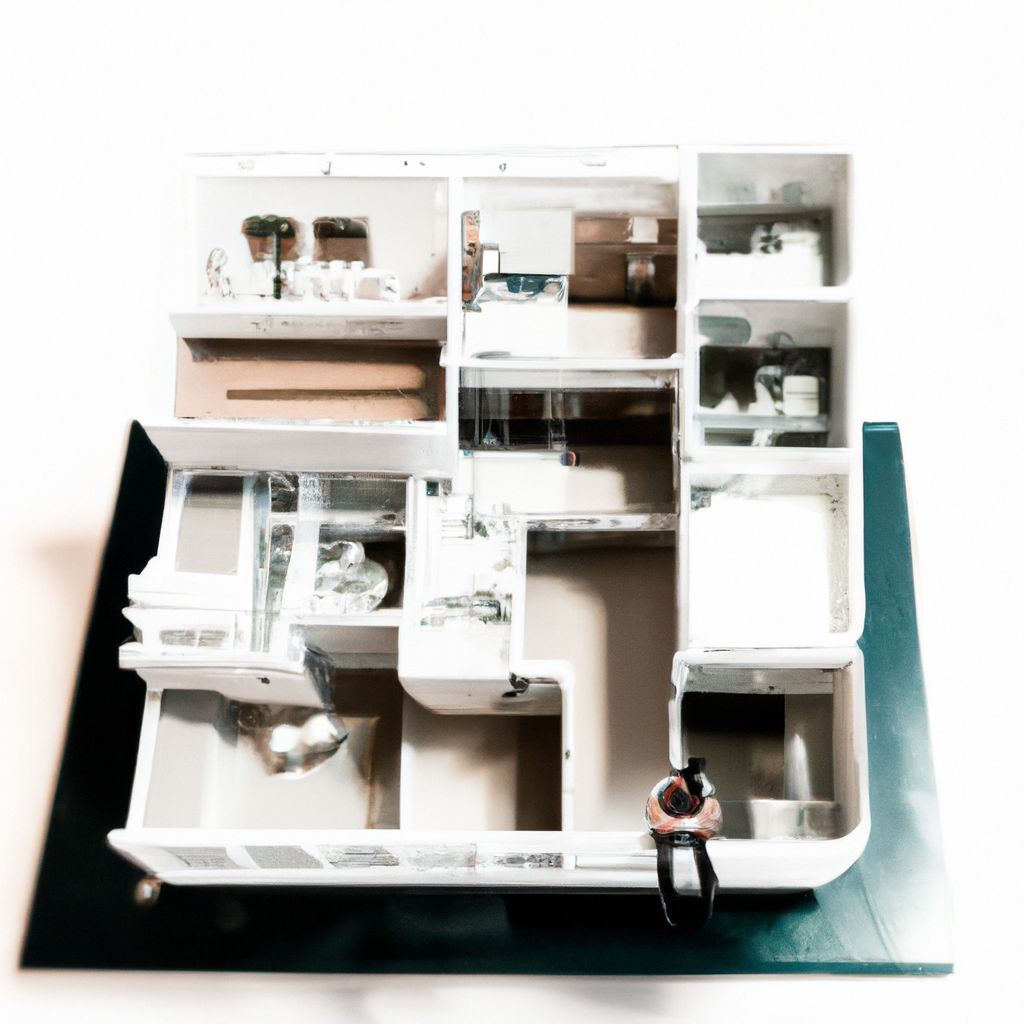
While Urban Gardening offers a myriad of benefits, it is not without its challenges, especially when dealing with limited spaces. Common obstacles include limited sunlight, lack of soil, inadequate water supply, and space constraints.
| Challenges | Solutions |
|---|---|
| Limited Sunlight | Choose plants that require less sunlight or use artificial grow lights. |
| Lack of Soil | Use containers filled with potting soil or adopt hydroponic systems that don't require soil. |
| Inadequate Water Supply | Install a drip irrigation system or use self-watering containers. Also, mulching can help retain moisture in the soil. |
| Space Constraints | Adopt vertical gardening, use hanging pots, or garden on the rooftop to maximize available space. |
Overcoming these challenges may seem daunting, but with a little creativity and adaptability, anyone can reap the benefits of urban gardening. It's all about understanding the specific conditions of your space and adapting your gardening practices accordingly.
Urban Gardening Techniques for Small Spaces
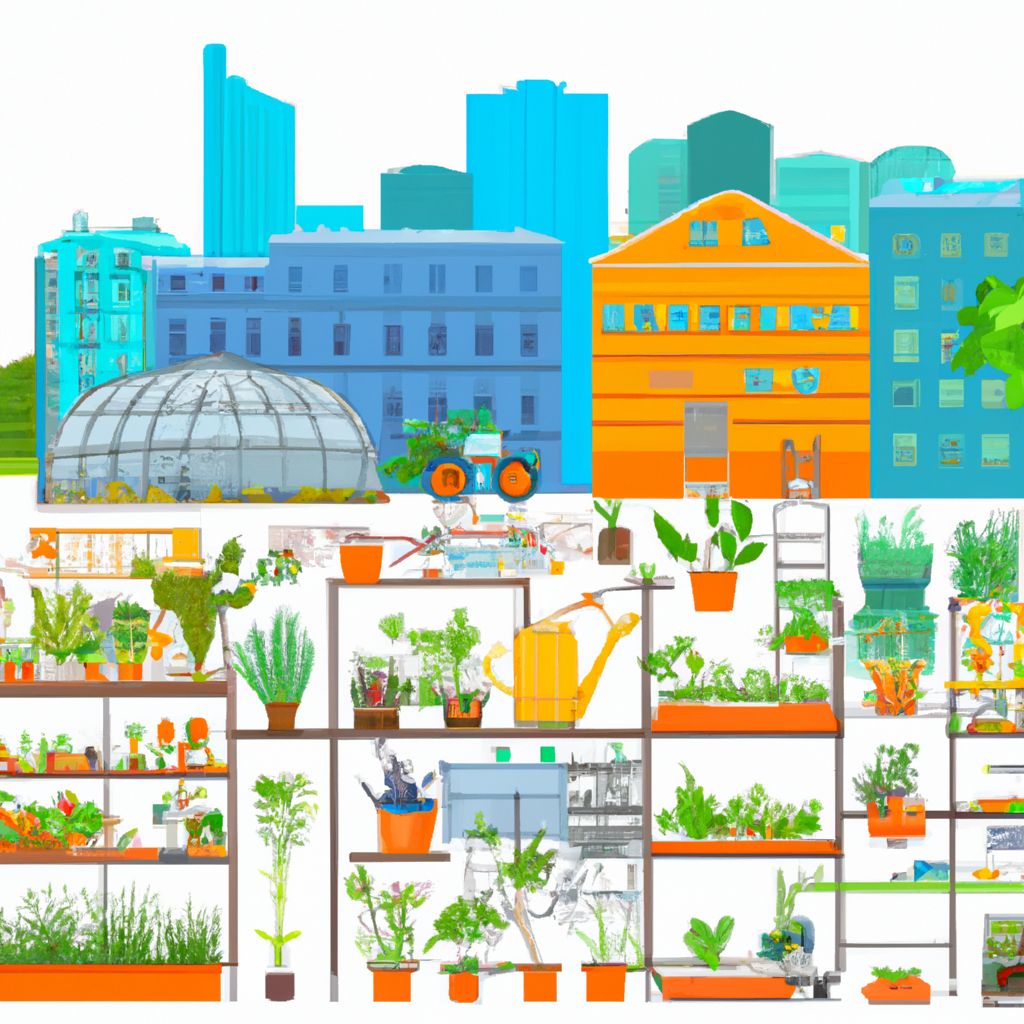
Urban gardening techniques have evolved to cater to the spatial constraints common in cities. Here, we'll explore five popular techniques that have proven effective in making the most of small spaces: Vertical Gardening, Container Gardening, Indoor Gardening, Window Farming, and Rooftop Gardening.
- Vertical Gardening:
- As the name suggests, vertical gardening involves growing plants on a vertically suspended panel. It's an excellent way to maximize space as it utilizes walls or fences, leaving the ground free for other uses. Plants are usually placed in containers or pockets made of felt or canvas.
- Container Gardening:
- Container gardening deals with planting in pots, boxes, or other containers rather than in the ground. It's an excellent choice for city dwellers who have limited or no access to open ground. Containers can be moved and arranged to catch sunlight or to accommodate seasonal changes.
- Indoor Gardening:
- Indoor gardening refers to the cultivation of houseplants within a building or apartment, often for decorative purposes. However, with the use of grow lights and the right plant selection, it can also be used for growing herbs, greens, and other edible plants.
- Window Farming:
- Window farming is a type of indoor gardening where plants are grown in containers suspended in front of windows. The technique uses natural light to the maximum, making it ideal for apartments with limited outdoor space.
- Rooftop Gardening:
- Rooftop gardens transform unused rooftops into productive green spaces. They not only provide a growing area but also offer additional benefits like insulation and water management. Keep in mind; this technique requires a structural assessment of the building to ensure it can bear the additional weight.
Each of these techniques can be tailored to suit the individual gardener's needs, space, and resources. With a little research and planning, urban dwellers can turn any small space into a flourishing garden.
Choosing the Right Plants
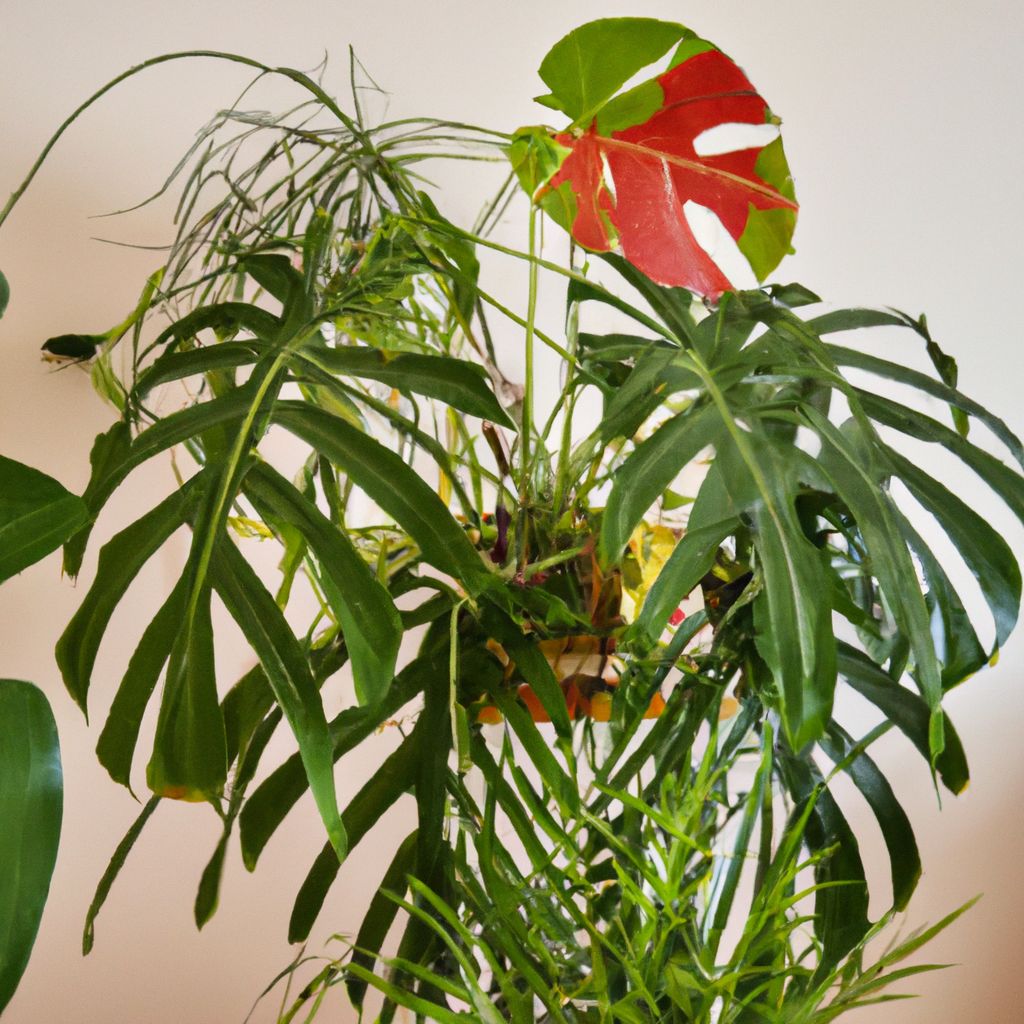
Choosing the right plants is a critical step in setting up a successful urban garden. Factors to consider include light requirements, growth habits, and aesthetics. The right selection not only ensures a healthy, thriving garden but also enhances the overall aesthetic appeal of your space.
- Light Requirements:
- Before choosing your plants, observe the amount of sunlight your space receives. Some plants require full sun, while others do well in shade. For instance, herbs like basil, rosemary, and thyme require a great deal of sunlight, while ferns and ivies thrive in lower light conditions.
- Growth Habits:
- Consider the growth habits of the plants. Some plants spread out, while others grow tall. For example, vertical spaces benefit from climbing plants like cucumbers or tomatoes. In contrast, container gardens do well with compact plants like lettuce or peppers.
- Aesthetics:
- Aesthetics are also important. Choose plants that complement each other in terms of colors, textures, and sizes to create a visually pleasing arrangement. Remember, your garden should not only be productive but also visually appealing.
Additionally, it's important to consider the care requirements of the plants. Some plants require more care and attention than others. If you're a beginner, start with low-maintenance plants and gradually move to more demanding ones as you gain experience.
Remember, the key to a successful urban garden is choosing plants that are well-suited to your specific environment and personal preferences.
Implementing a Watering and Maintenance Schedule
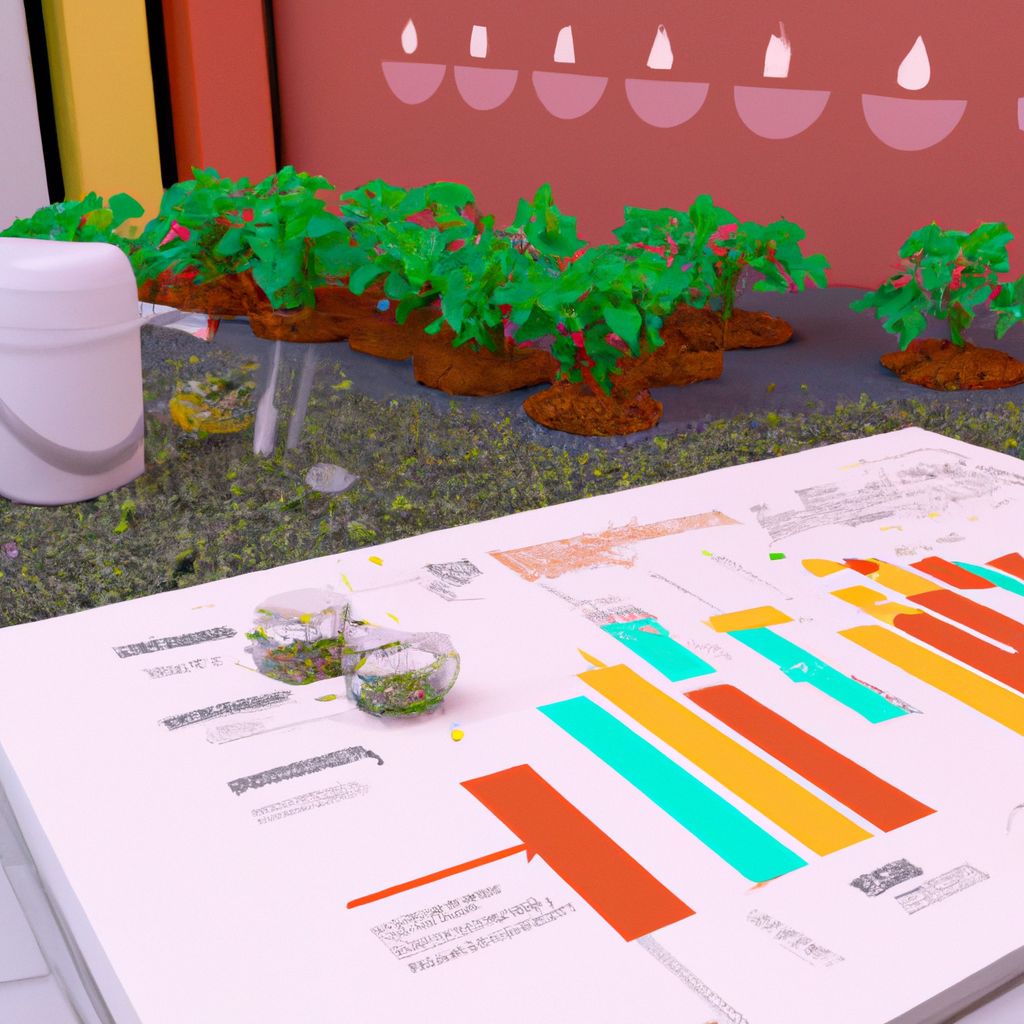
Establishing a consistent watering and maintenance schedule is vital for the success of any garden, and urban gardens are no exception. Proper care not only ensures the health of your plants but also prevents disease and pest infestations.
When it comes to watering, there is no one-size-fits-all schedule. The watering frequency depends on several factors such as the type of plant, the size of the container, the weather, and the soil type. However, a general rule of thumb is to water when the top inch of soil feels dry to the touch.
According to The University of Maryland Extension, overwatering is a common mistake in urban gardening. It can lead to root rot and other diseases, making it just as harmful, if not more so, than underwatering.
For maintenance, a regular schedule should include tasks such as checking for signs of pests or disease, removing dead leaves, pruning where necessary, and replenishing soil nutrients through composting or fertilizing. Remember, a well-maintained garden is a productive garden.
It's also important to keep a record of your watering and maintenance schedule. This can help you track what works and what doesn't, enabling you to adjust your care routine as necessary for the health and productivity of your garden.
Ultimately, the success of an urban garden lies in the regular and mindful care of the plants. A well-planned watering and maintenance schedule can go a long way in ensuring that your small space garden thrives.
Maximizing Space with Companion Planting
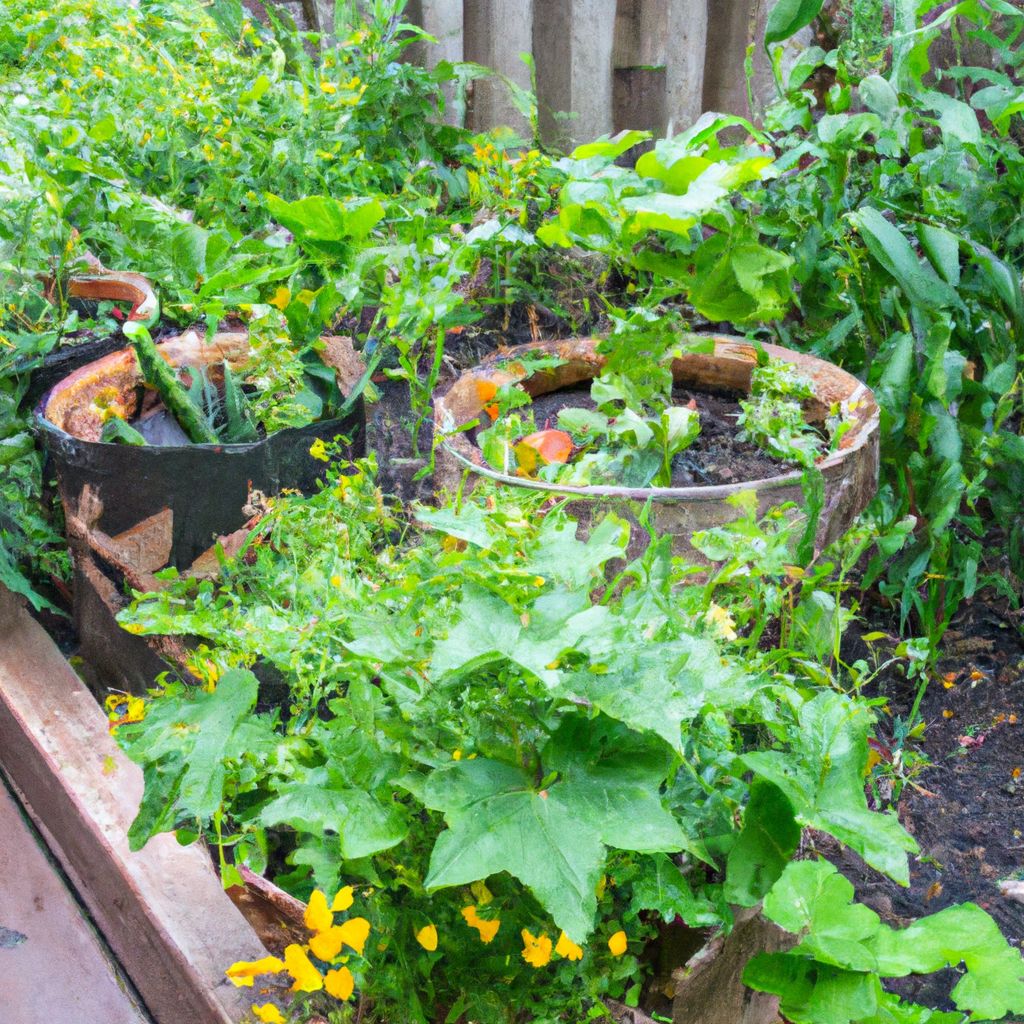
Companion planting is a gardening technique that involves growing different plants together for mutual benefit. It's a great way to maximize space in a small garden and can lead to increased plant health and yield.
Companion plants can benefit each other in several ways. Some plants may deter pests that commonly affect their companions. Others may help improve the soil by adding nutrients that their companion plants need. Some plants simply grow well together because they don't compete for the same resources.
Experts at the Old Farmer's Almanac endorse companion planting as an excellent way to maximize garden space, enhance plant health, and boost crop yield.
Here are a few examples of successful companion plant combinations:
- Tomatoes and Basil: Basil repels insects that are harmful to tomatoes and is believed to improve their flavor.
- Carrots and Radishes: Radishes grow more quickly than carrots and can be harvested before the carrots need more space to grow.
- Beans and Corn: Beans fix nitrogen in the soil, which benefits corn. Corn, in turn, provides a natural trellis for the beans to climb.
- Marigolds and Almost Anything: Marigolds release chemicals that repel many pests, making them excellent companions for many vegetables.
Experimenting with companion planting can be a fun and rewarding way to maximize the productivity of your small urban garden. Just remember to always consider the specific needs of each plant and ensure they're compatible before planting them together.
Incorporating Urban Gardening in Your Lifestyle
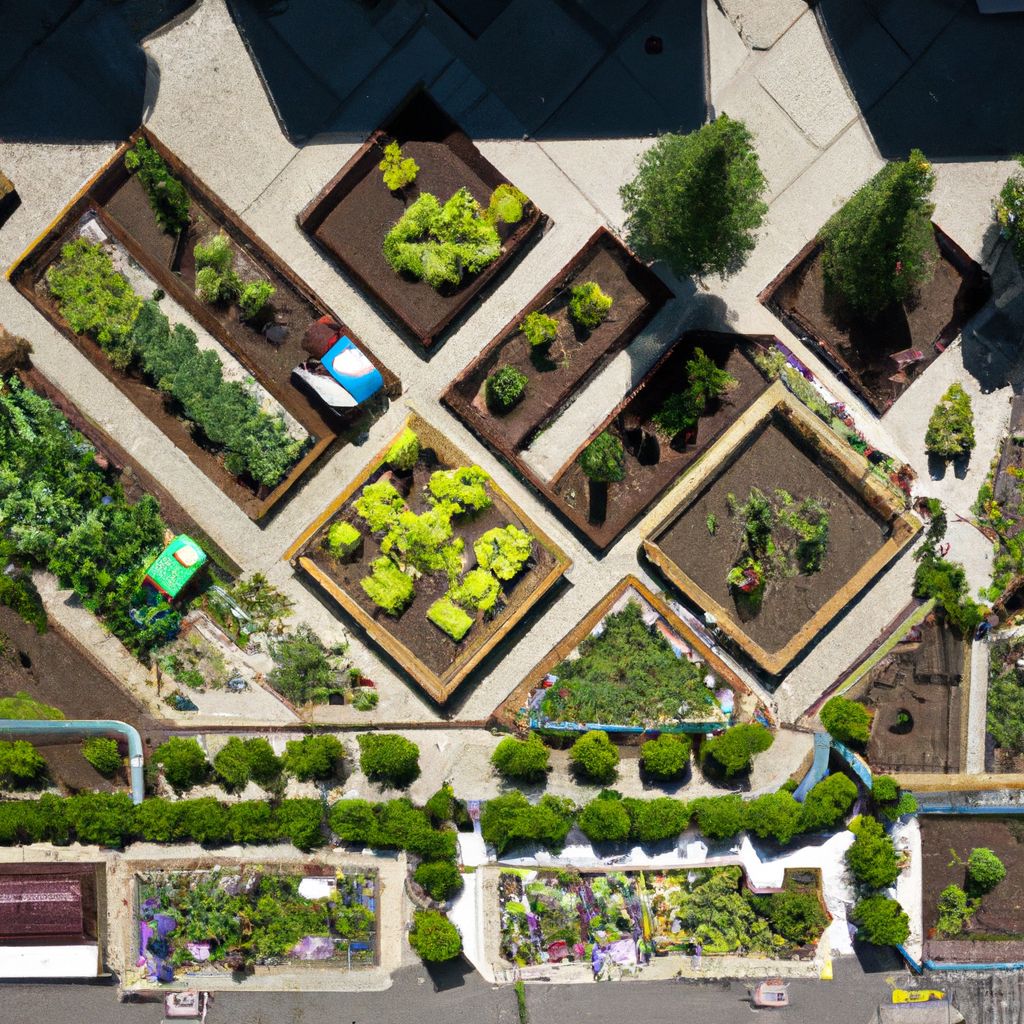
Incorporating urban gardening into your lifestyle can provide a multitude of benefits, from fresh produce to stress relief. Here are some tips to seamlessly blend gardening into your daily routine and enjoy its health benefits.
- Start small:
- Begin with a few pots of your favorite herbs or vegetables. As you get the hang of it, you can gradually expand your garden.
- Make it a routine:
- Try to set aside a specific time each day for your garden. This could be in the morning, during lunch breaks, or in the evening. Regularly spending time with your plants makes gardening a habit.
- Involve family or friends:
- Involve your family members or friends in your gardening project. This can make it more enjoyable and less of a chore.
- Keep learning:
- There's always something new to learn in gardening. Read books, join online forums, or attend workshops. Continuous learning keeps gardening interesting and fun.
Regular gardening can offer numerous health benefits. According to a study published in the Journal of Public Health, gardening can significantly reduce stress and improve mood. In addition, the physical activity involved in gardening can help maintain a healthy weight and promote overall physical health.
Furthermore, the satisfaction of growing your own food can lead to improved dietary habits. A review in the Journal of the Academy of Nutrition and Dietetics found that gardeners are more likely to consume fruits and vegetables compared to non-gardeners.
By integrating urban gardening into your lifestyle, you can enjoy not only the fruits of your labor but also a healthier way of living.
Conclusion: The Impact of Urban Gardening
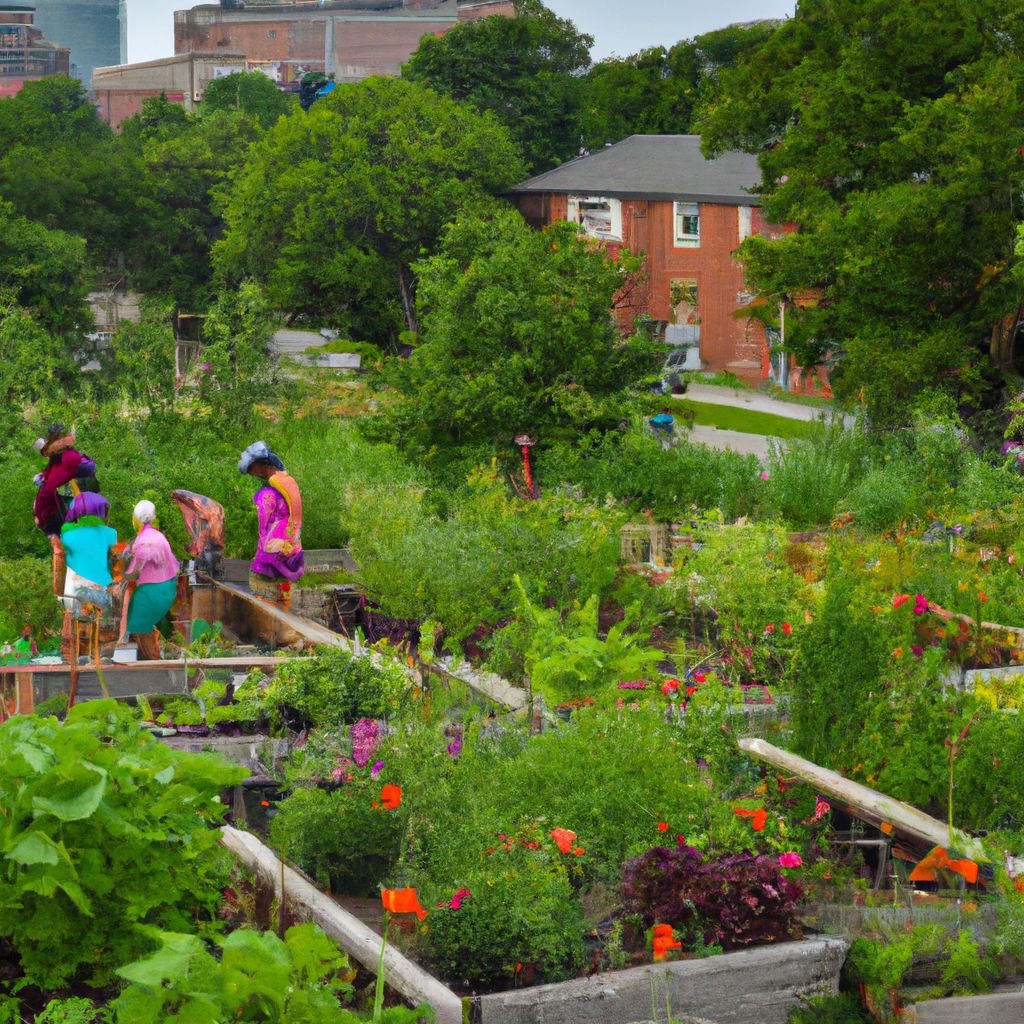
Urban gardening, particularly in small spaces, holds significant potential for individuals and communities alike. It offers a unique blend of benefits - from promoting health and well-being to enhancing local biodiversity and improving environmental quality.
For individuals, urban gardening provides a therapeutic outlet for stress relief and physical activity. It facilitates access to fresh, organic produce and fosters a connection with nature, often missing in city environments. The practice of cultivating plants can also instill a sense of accomplishment and self-sufficiency.
At a community level, urban gardens can transform unused spaces into productive green oases, enhancing the aesthetic appeal of neighborhoods. They can serve as hubs for community interaction, fostering social ties and community spirit. Moreover, urban gardens contribute to local food security and promote sustainability by reducing food miles and waste.
Urban gardening is more than just a hobby - it's a powerful tool for urban revitalization and sustainable living. With suitable techniques for small spaces, anyone can become an urban gardener, regardless of their living situation. So why wait? Start exploring the world of urban gardening today and reap the myriad benefits it offers.



